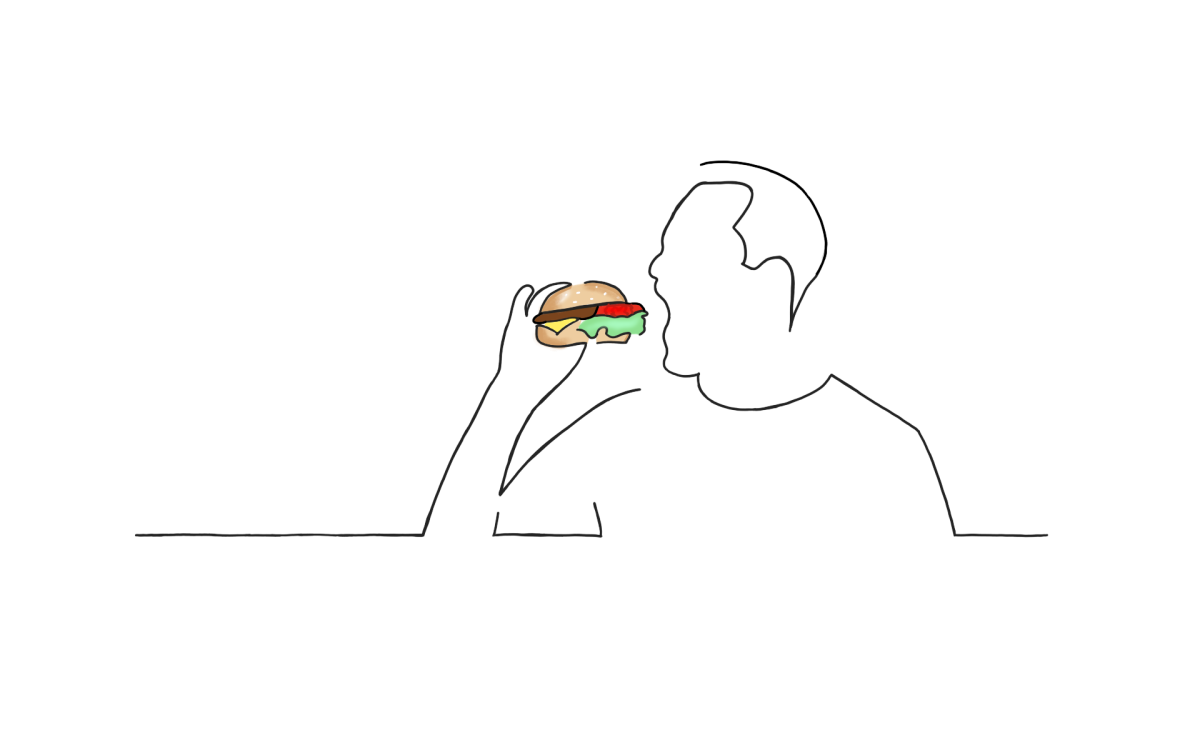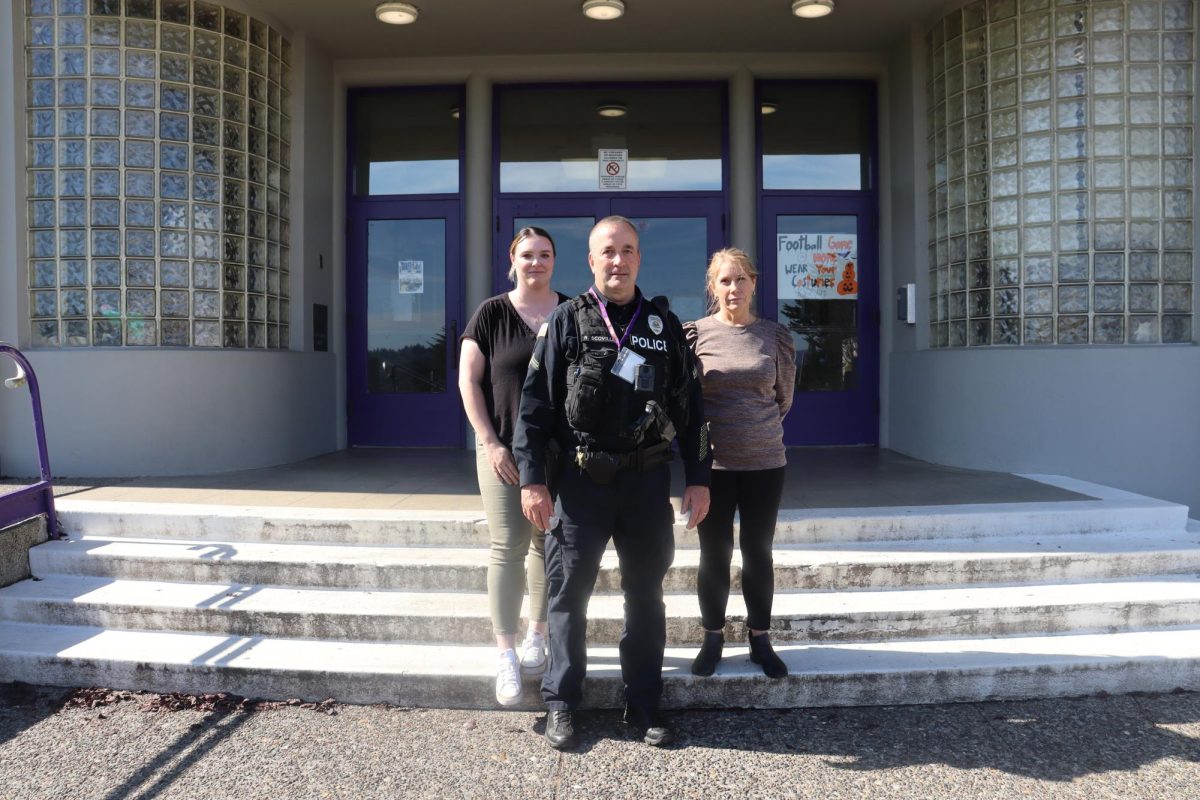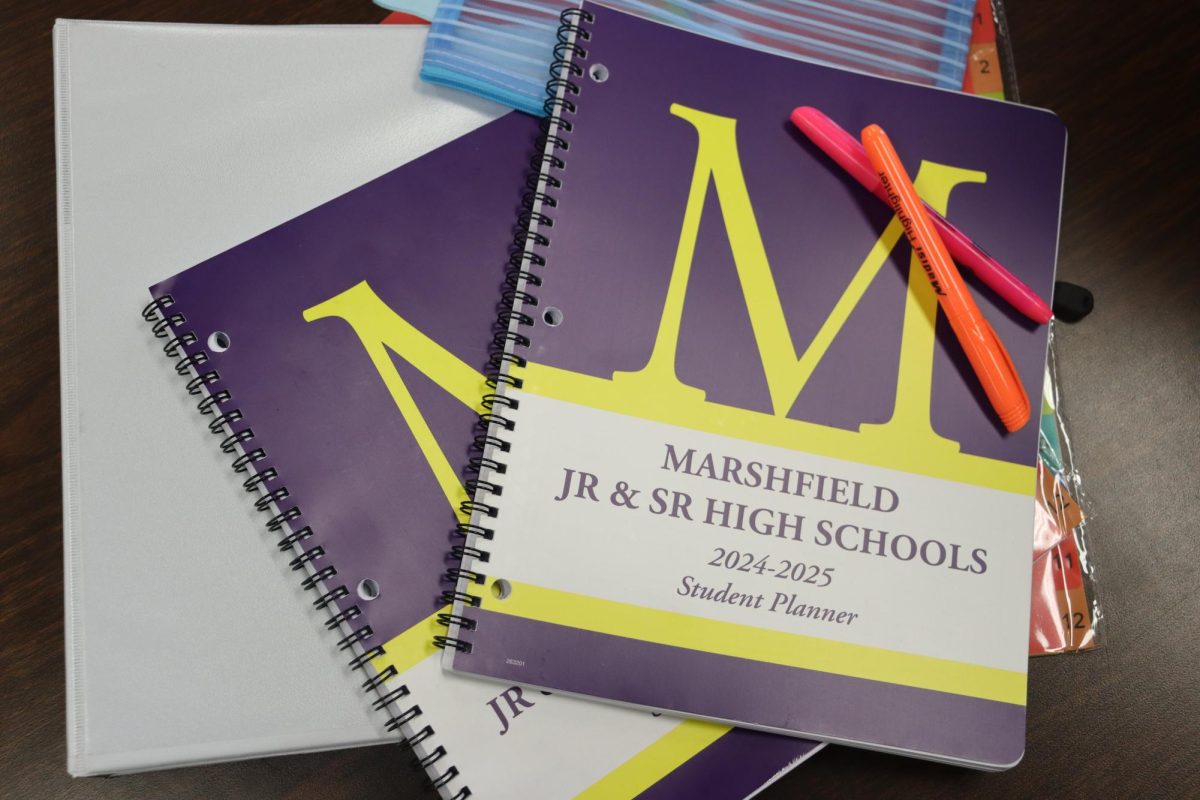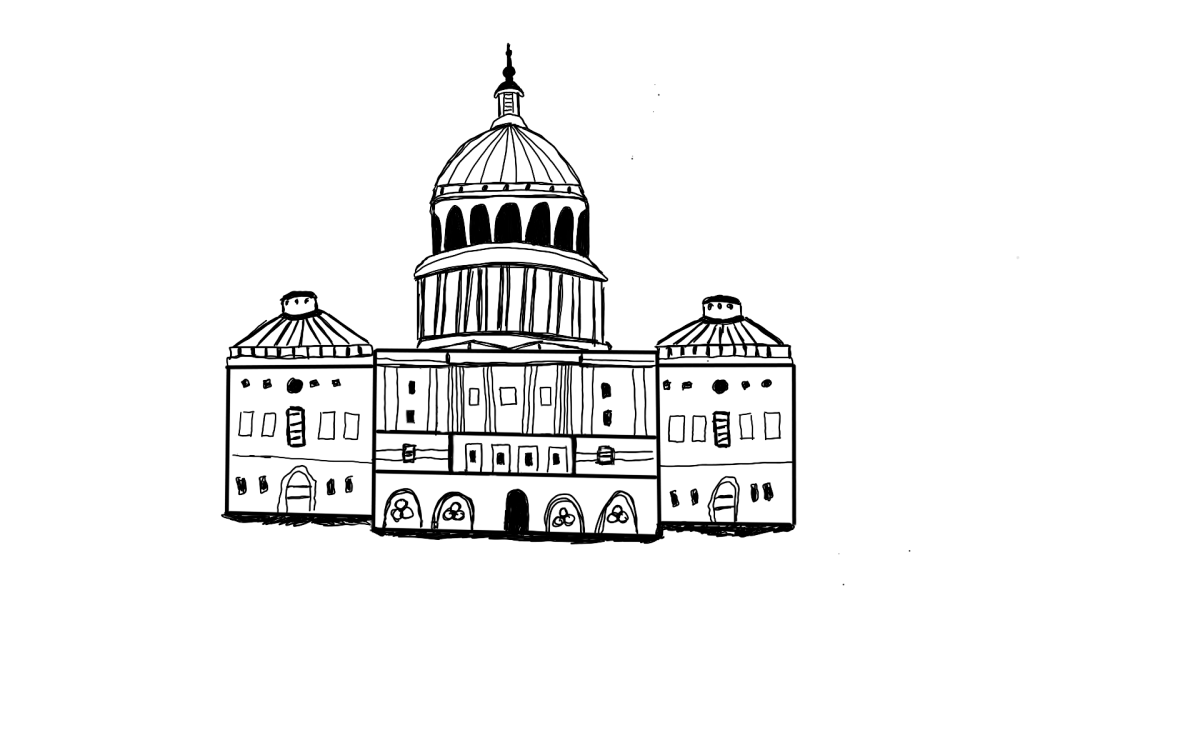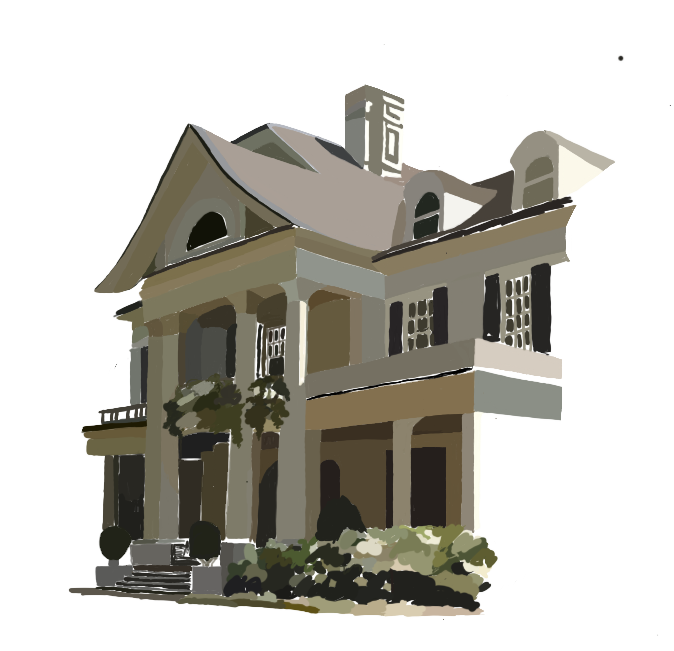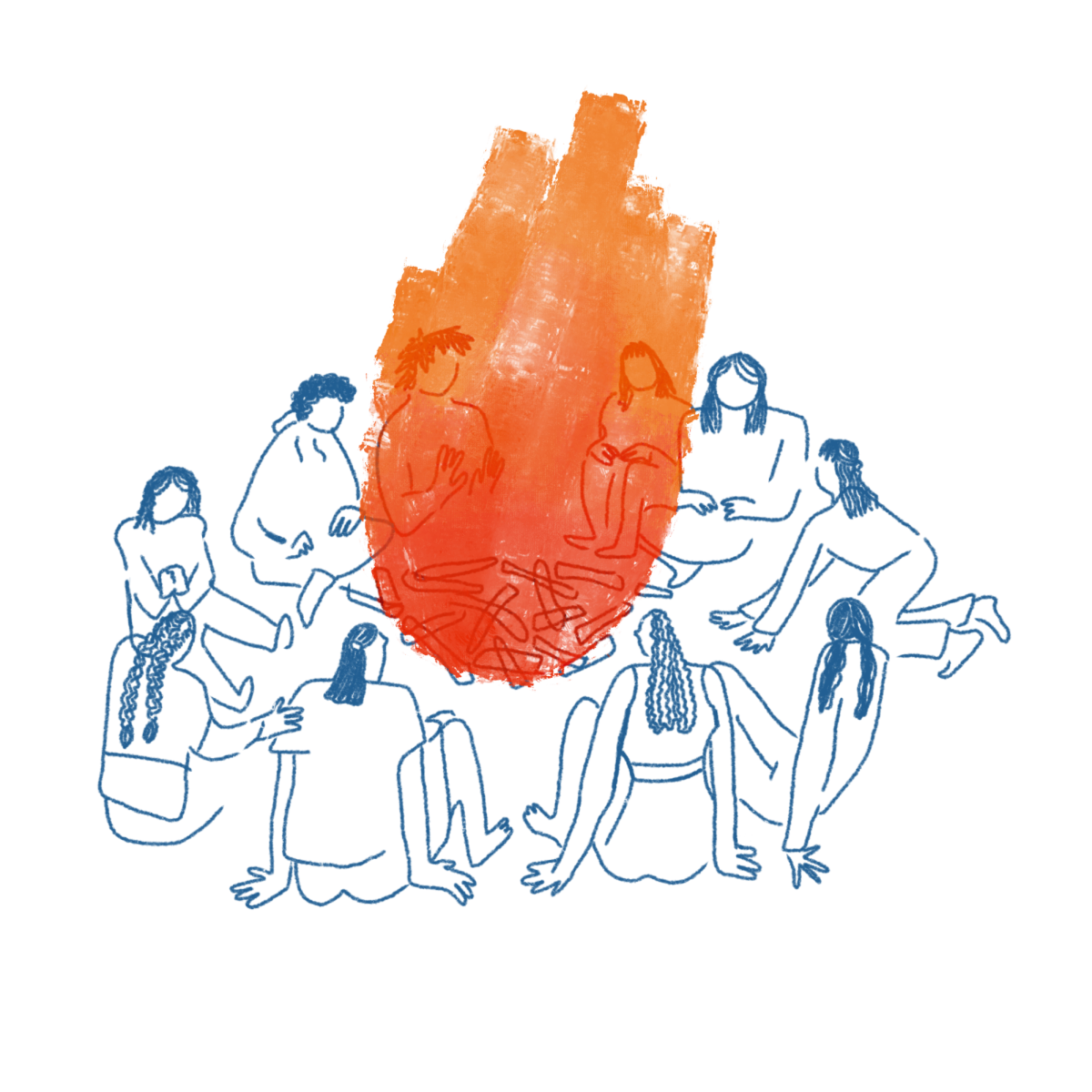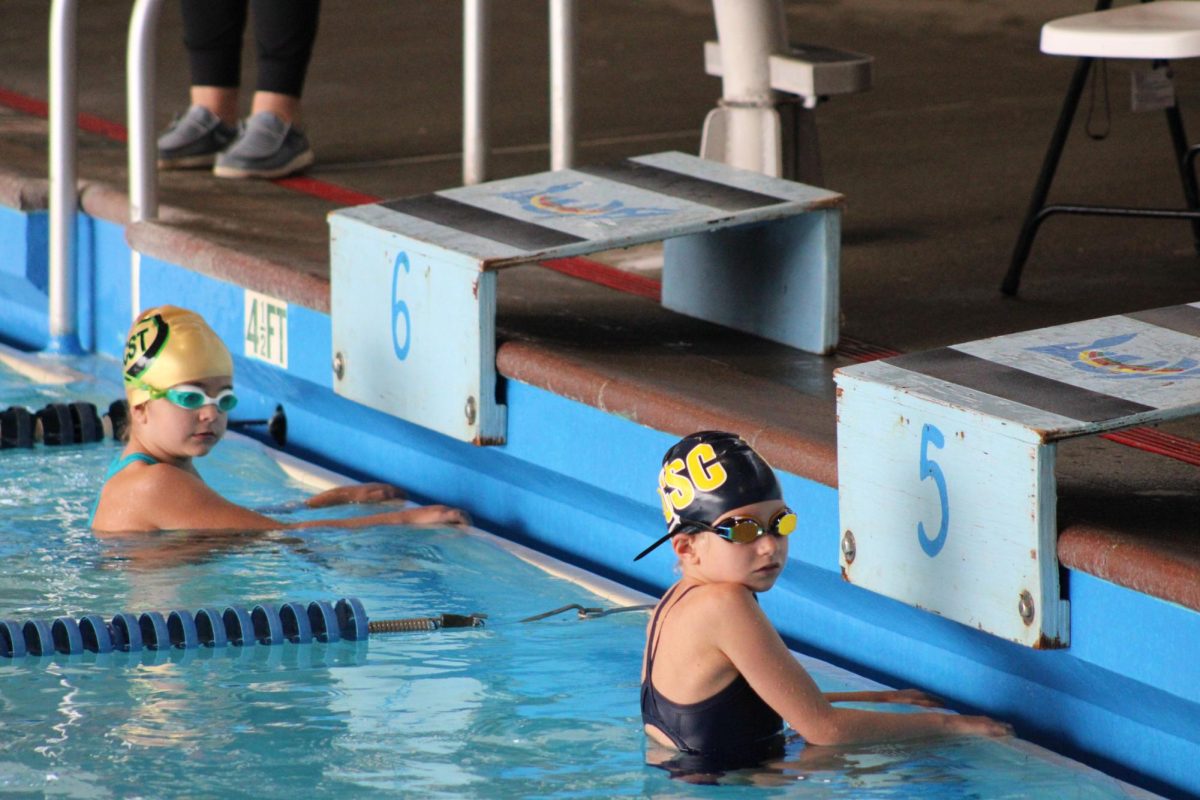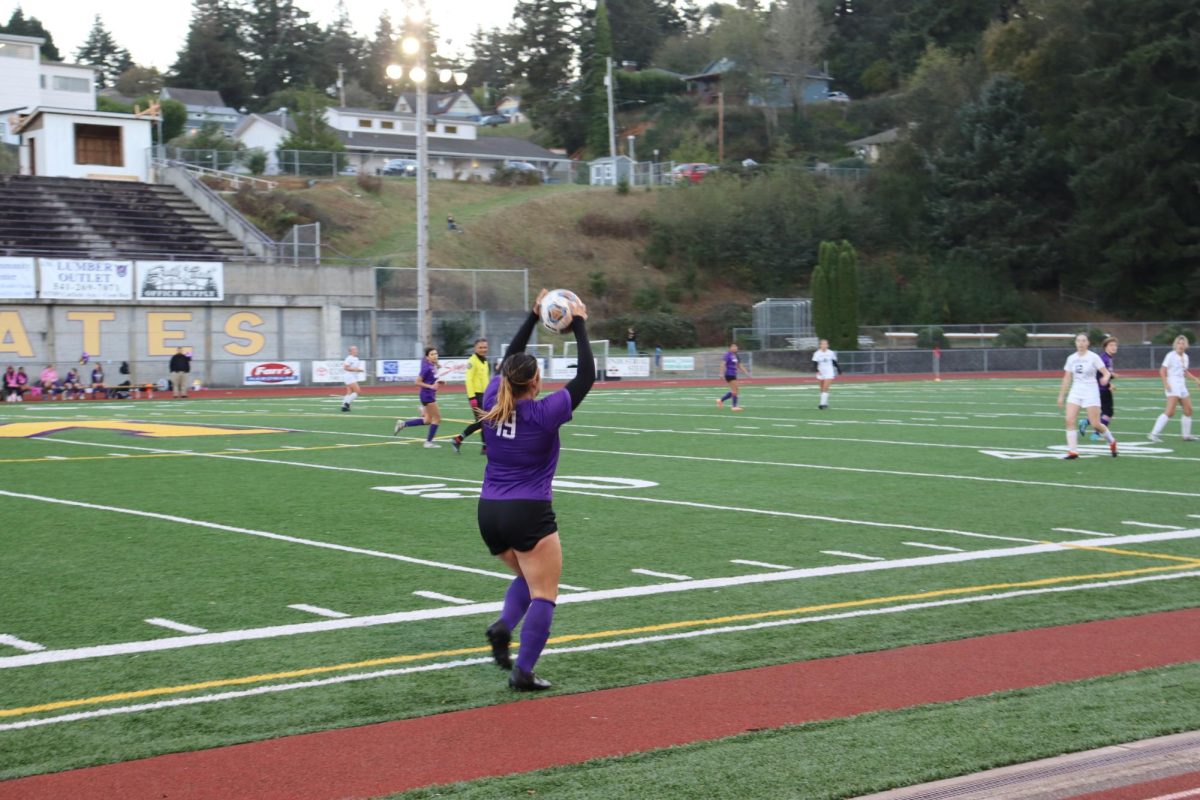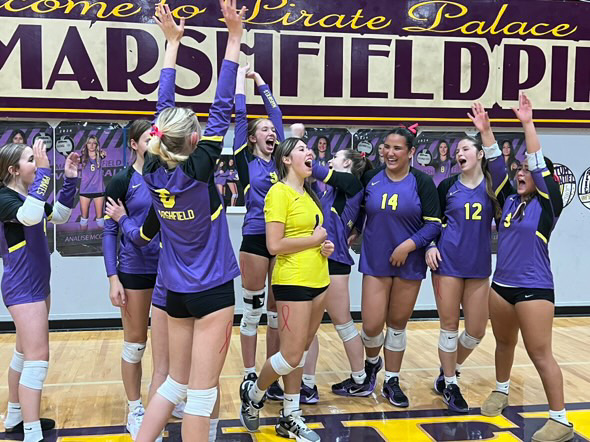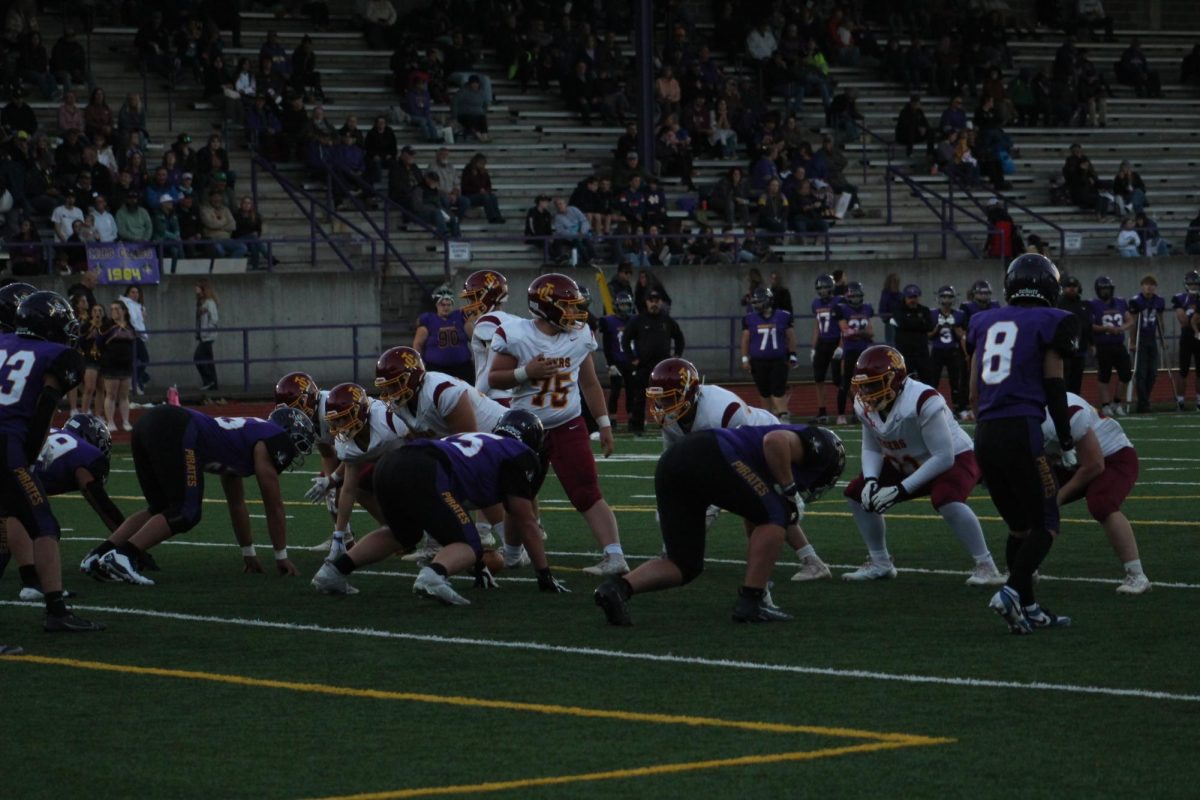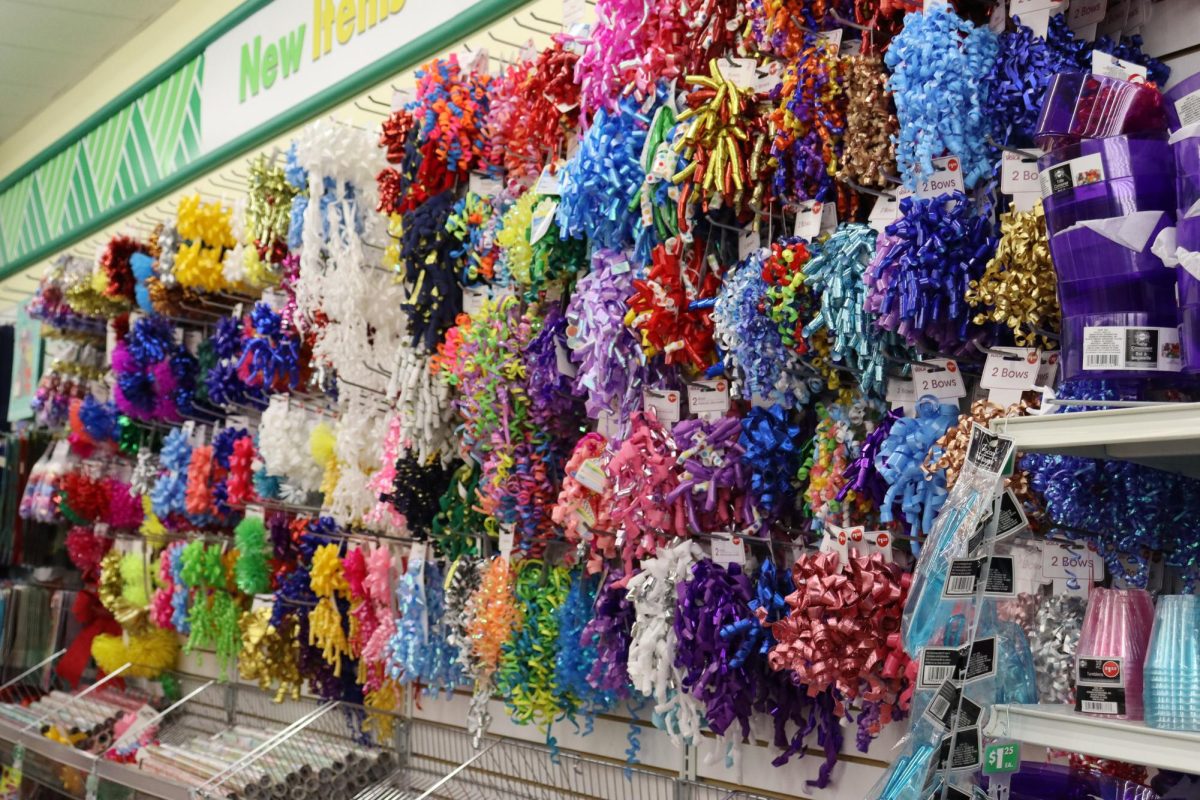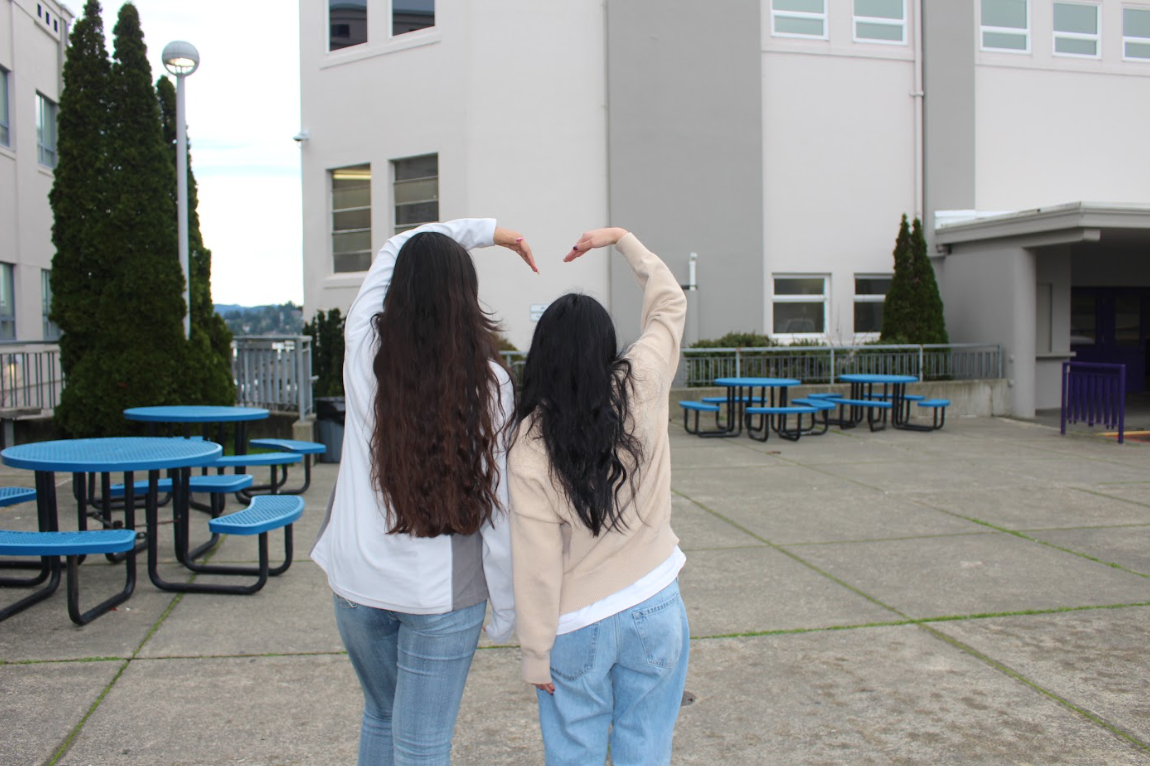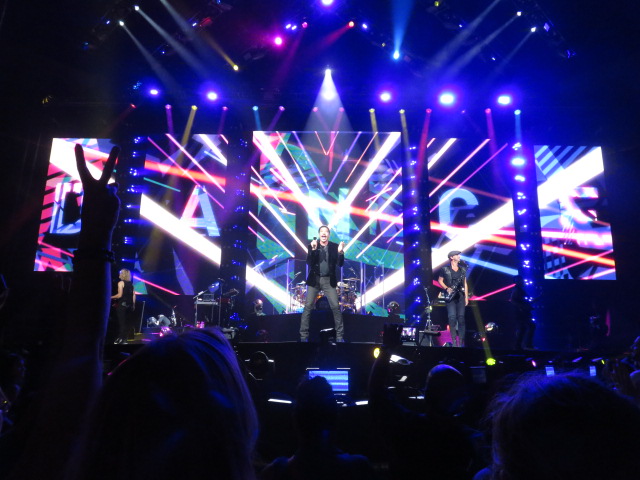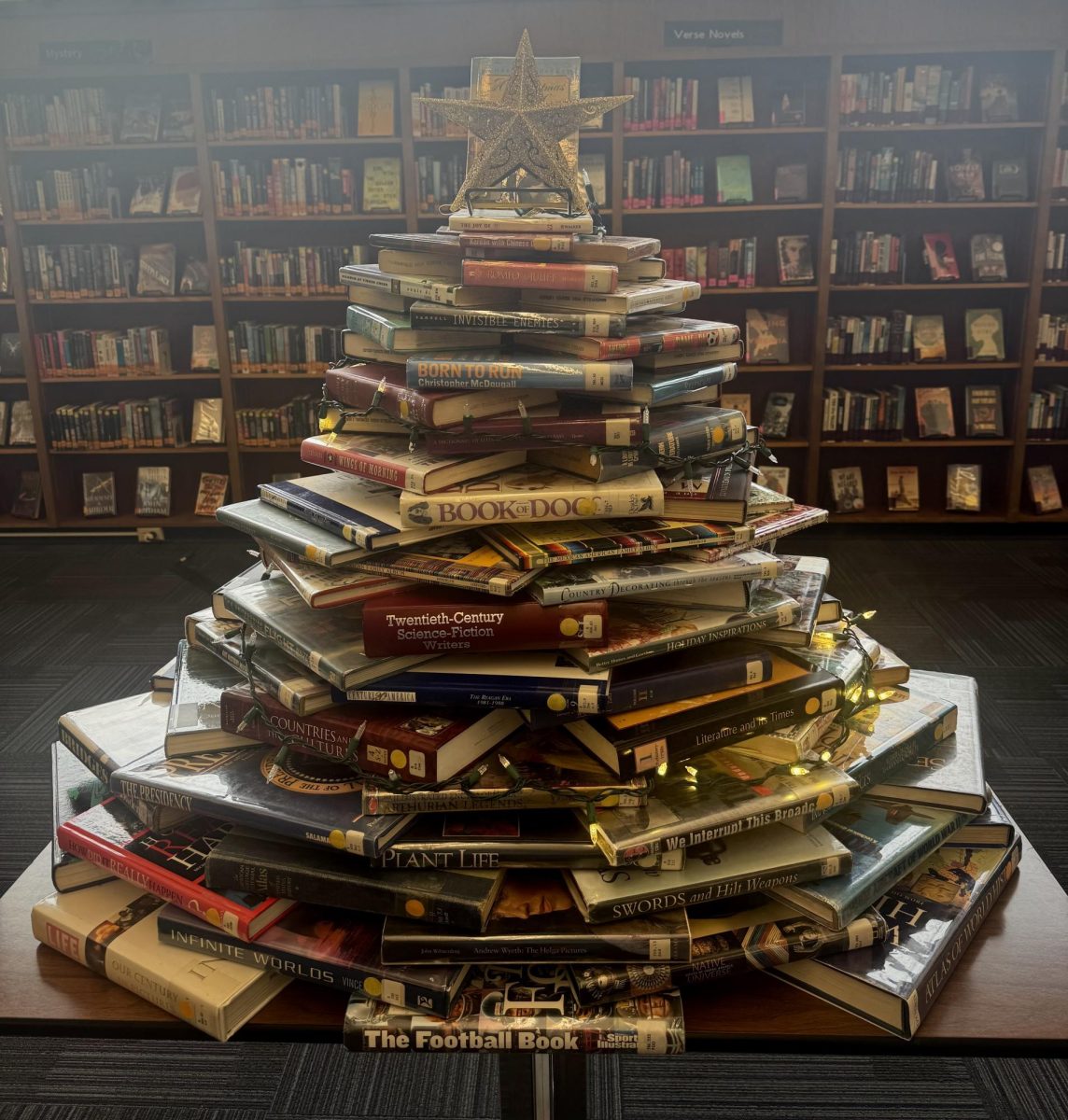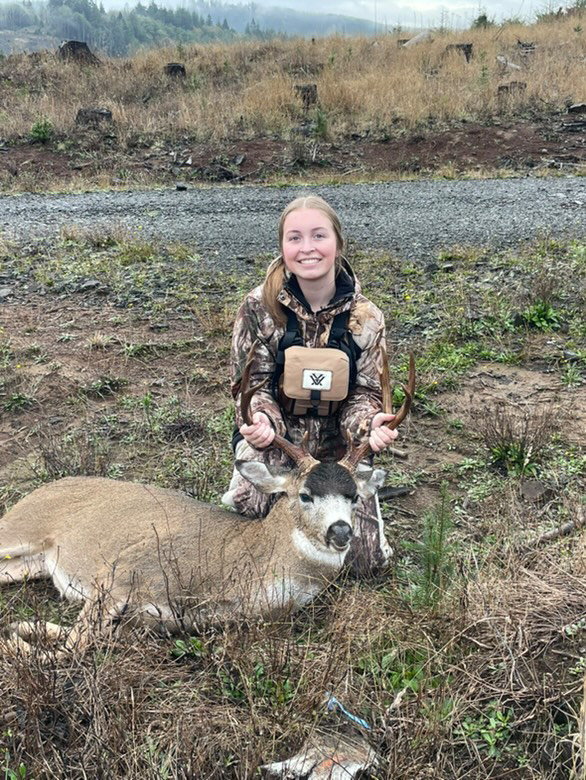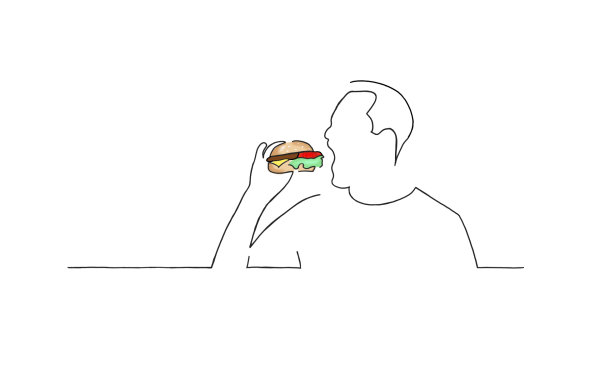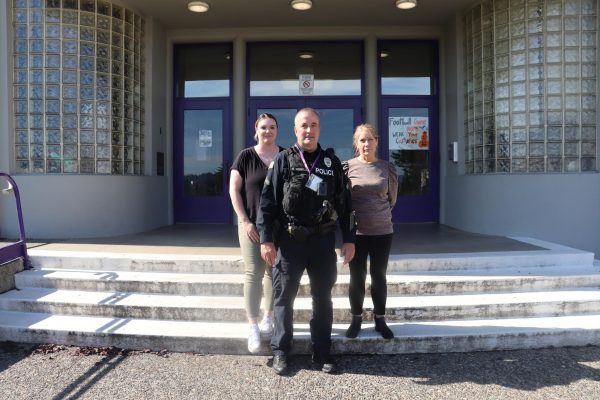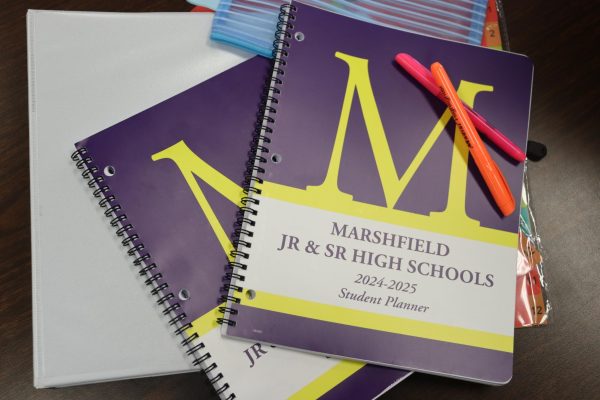Dressing the Nation for Centuries
Over the past five years, school districts have fought a plethora of lawsuits from students who claim that the dress code was targeting them unfairly. Since then, schools have attempted to put less emphasis on enforcing archaic dress codes, and more energy into enforcing attire that might disrupt the learning environment.
Although they might seem new, dress codes have been in effect for centuries. In the 16th century, it was common for women to show very little skin. Even exposed ankles and elbows were cause for scandal. Today, the dress codes may not be as strict. However, shoulders, collarbones, stomachs, and thighs can get students and workers into trouble or sent home. Although we have been evolving more and more everyday, judgments on what is called appropriate or inappropriate seem subjective, and more focused on controlling the female wardrobe.
At Marshfield High School there was an anonymous student poll that showed that approximately 43% of females had been dress coded, compared to approximately 9% of males. Many argue that sexism does not exist, even in what is and is not acceptable to wear, but that is simply not the case. After interviewing multiple students both male and female the overall reason for females being dress coded was because of visible skin on their bodies and for males it was for words and phrases written on attire.
Approximately four years ago, MHS changed the dress code language as it was in the Marshfield Behavior Handbook. Current dress code procedures are as follows: Clothing must cover the body with no undergarments exposed. Unacceptable clothing that creates a distraction in the learning environment may include, but is not limited to the following: a) Extreme exposed skin; b) Shorter than mid-thigh skirts or shorts; c) Exposed underwear. The previous dress code included language that seemed to target females more than males.
The dress code also states that clothing that is decorated or marked with illustrations, words or phrases that have sexual innuendos, symbols of hate as defined by the Oregon Department of Education, are vulgar or obscene, ridicule a particular person or group, or promote behavior violating school conduct standards, or disrupt the learning environment are prohibited.
“Four years ago we went out and took out any language that targets any gender disproportionately,” said Casey McCord, MHS Dean of Students.
McCord said that the important element to dress coding is to consider the interruption in the learning environment. If a student is wearing something that may be against the dress code but is not disrupting the learning environment, it is less likely that they will get dress coded.
Teacher Heidi Ositis believes that the dress code still seems to target females more than males, and may be unfair to female students who have developed faster than others.
“I think our dress code has a limit on, I think, stomachs and boobs,” said Ositis
Studies have found that certain women’s figure can lead to more dress code violations than others. For Example, a girl with smaller breasts who is wearing a tank top would likely not get dress coded while a girl with larger breasts would and might be when they are wearing the same exact tank top.
Junior Karli Kennedy agrees that sometimes girls who may be a little more physically developed tend to get targeted more in the dress code. However, neither she nor her friends have ever been dress coded.
“I have always worn tiny shirts and I wore a short skirt a few days ago,” said Kennedy. “But I think I’m covered enough. Honestly, people are starting to realize that the dress code isn’t fair any more. What you wear does not affect your schooling.”
Your donation will support the student journalists of Marshfield High School. Your contribution will allow us to purchase equipment and cover our annual website hosting costs.

Senior, Lorelei Moon is a writer at the Marshfield Times. She enjoys reading and going to the gym as well as playing the piano and guitar. After highschool...
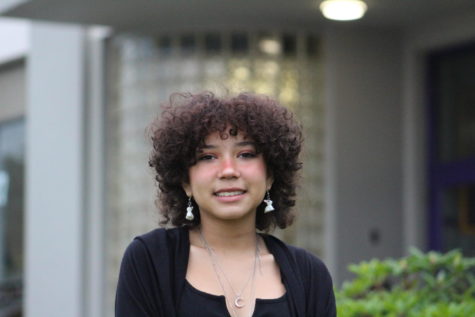
Keara Guyton is a sophomore, this is her first year in journalism. She enjoys baking, painting, crocheting, and drawing in her free time. She really enjoys...


